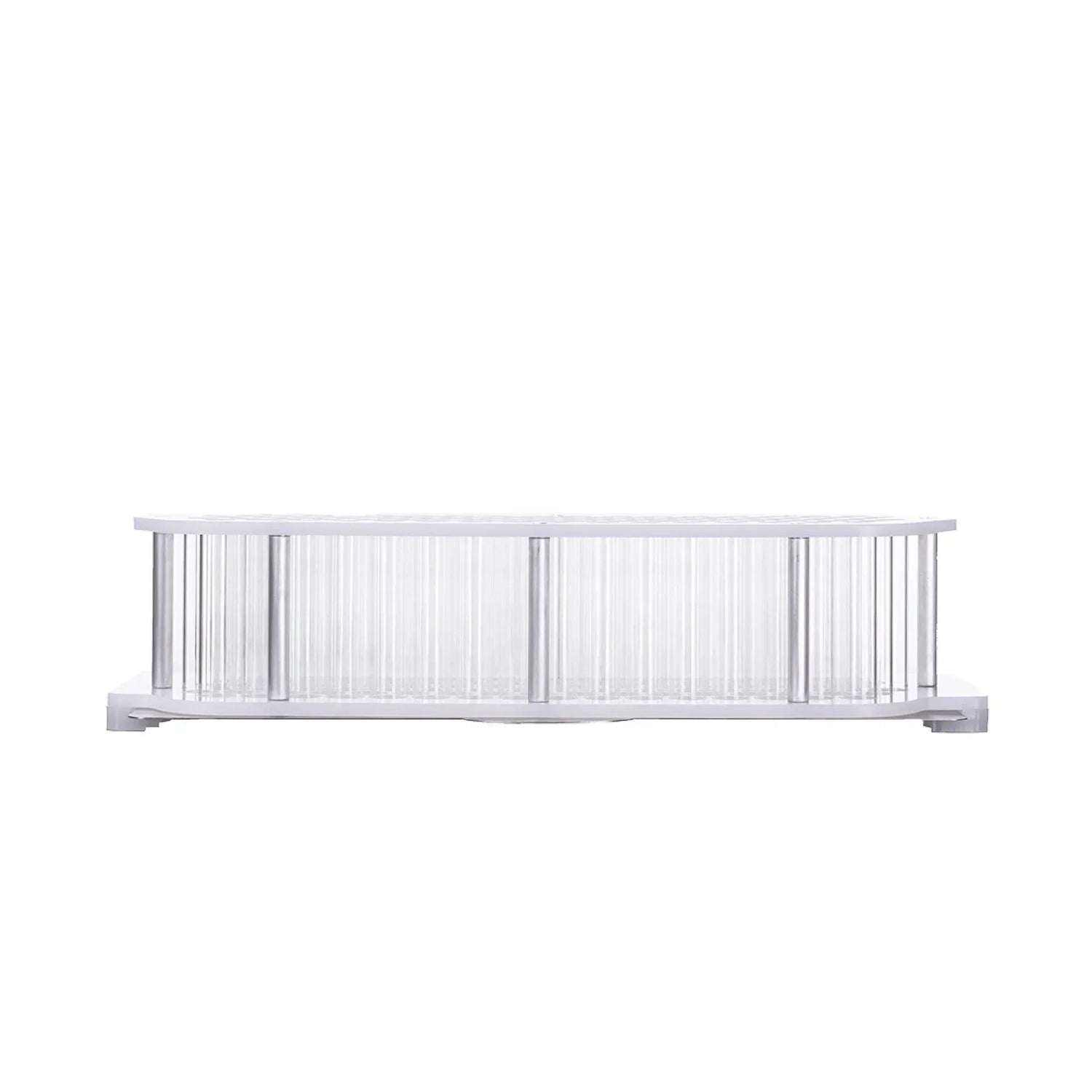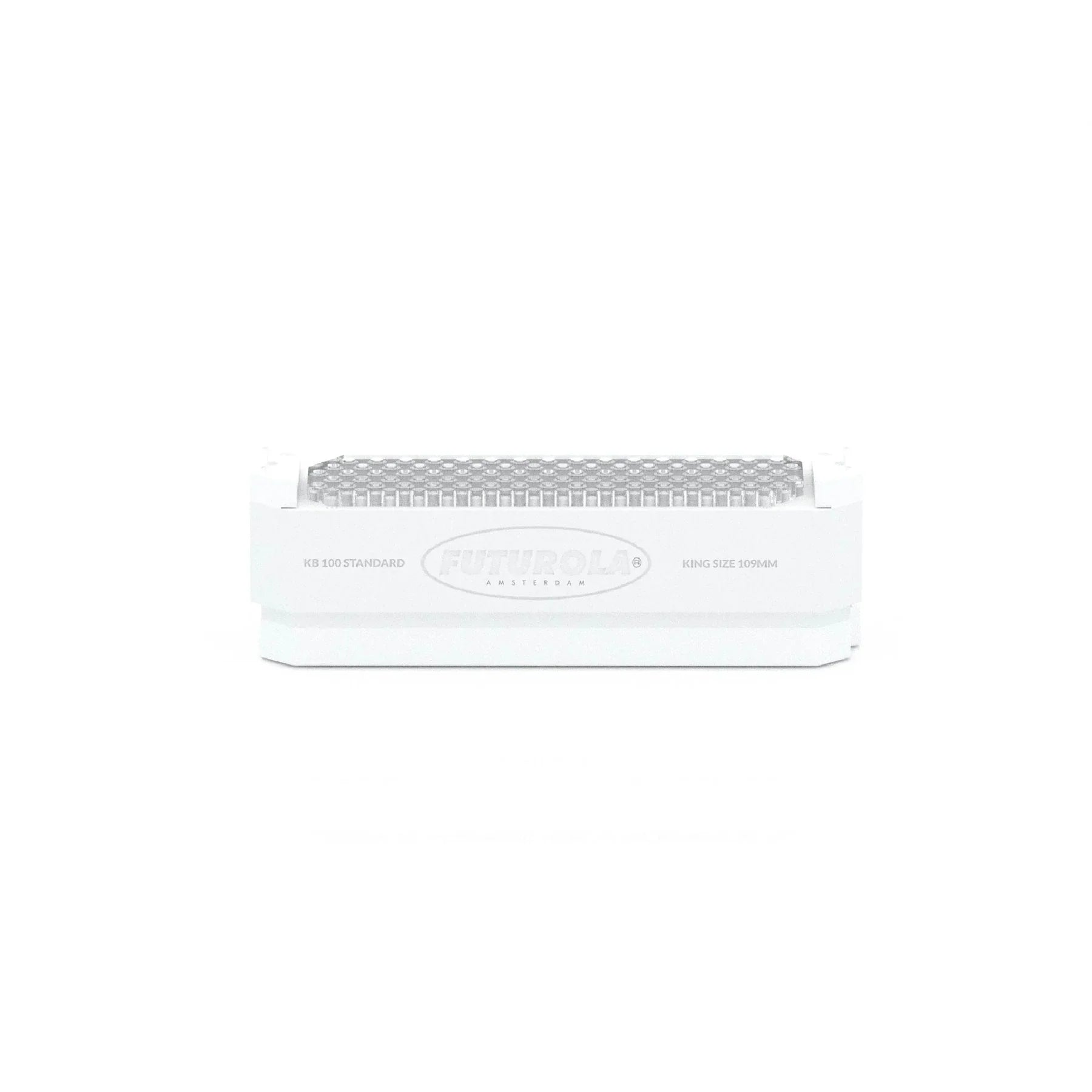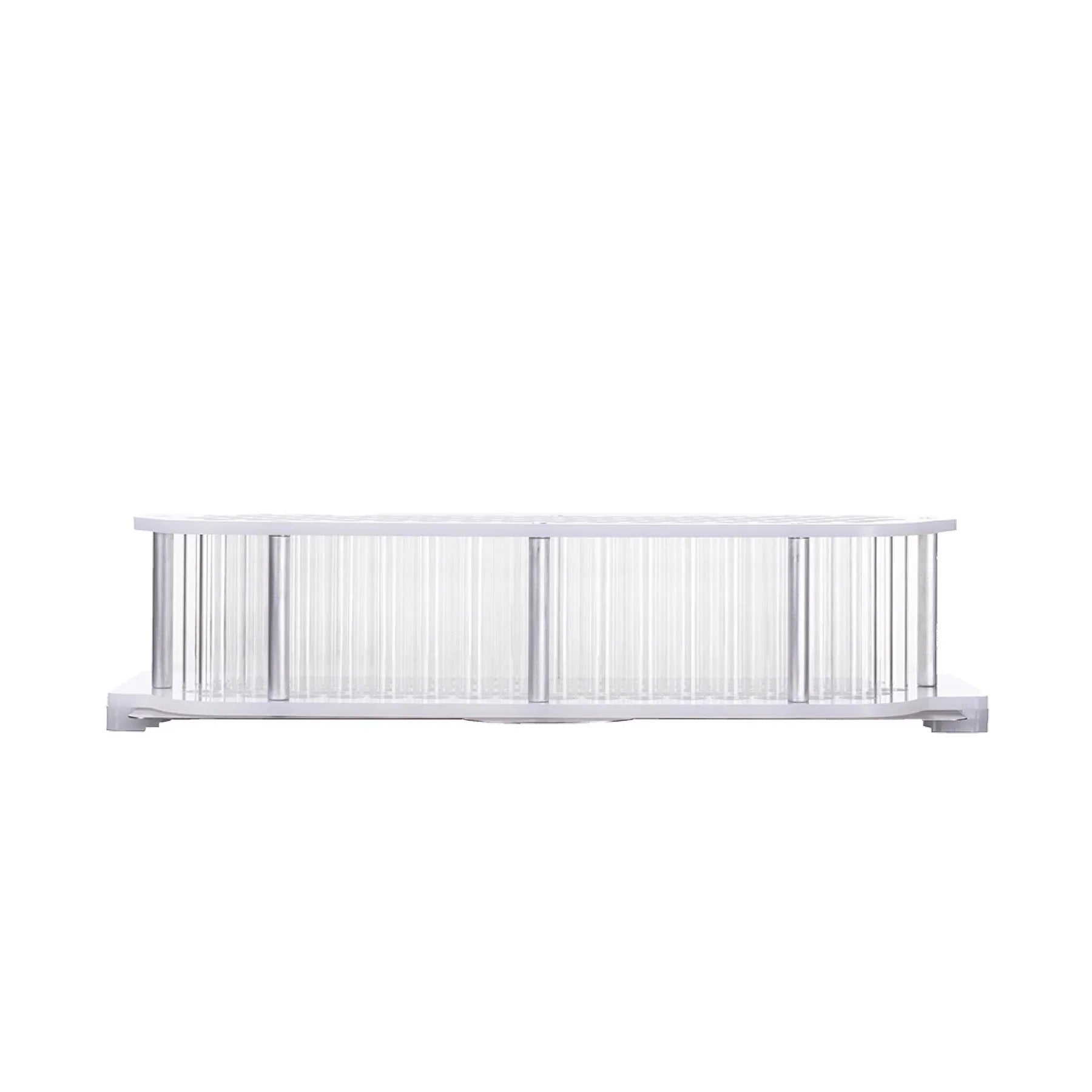The best cone packing machine is built to fill pre-rolled cones quickly, consistently, and with minimal manual effort. It’s designed for producers who value precision and efficiency, whether preparing cones for personal use, a small shop, or a large commercial operation. By automating the most repetitive part of the process, it ensures that each cone is packed to the same quality standard every time.
A high-quality cone packing machine goes beyond simply speeding up production. It maintains uniform density, minimizes waste, and supports consistent product weight. These qualities are essential for meeting both regulatory standards and customer expectations. For anyone preparing large batches, choosing the right machine can make the difference between a smooth, productive workflow and a time-consuming, inconsistent process.
While there are many models available, not all offer the same level of reliability or performance. Understanding the features that set the best cone packing machine apart helps ensure that the investment supports long-term operational goals.
Why Quality Matters in Cone Packing
Inconsistent packing can lead to variations in airflow, density, and appearance. For brands or businesses, this can harm reputation and reduce repeat orders.
The best cone packing machine ensures every high quality pre rolled cone is filled evenly, which not only improves product performance but also creates a professional, uniform look.
Quality equipment also reduces the need for constant adjustments, saving time and preventing costly errors during production.
Who Should Consider Investing in One
The best cone packing machine is valuable for anyone preparing multiple cones at a time, including small-scale producers aiming to expand capacity and large operations seeking to optimize output.
It’s also ideal for businesses that want to ensure every product meets the same high standard, regardless of batch size.
Benefits of Choosing the Best Cone Packing Machine
Selecting the best cone packing machine brings several advantages that directly impact productivity, cost control, and product quality. These benefits apply whether the machine is used in a boutique production setting or a large-scale manufacturing facility.
When evaluating equipment, understanding these advantages can guide better purchasing decisions and ensure a return on investment.
Increased Production Speed
The best cone packing machine significantly reduces preparation time by allowing dozens or even hundreds of cones to be packed in one cycle. Compared to manual packing, this speed helps meet high-volume orders without increasing labor demands.
For operations with strict deadlines, the time saved translates directly into greater output and the ability to handle more orders in less time.
Consistency in Product Quality
Uniform packing is critical for performance and presentation. A quality machine uses controlled vibration or distribution mechanisms to settle material evenly into each cone, ensuring consistent density and weight across the entire batch.
Consistency also helps with compliance in regulated markets, where precise product weights are required.
Reduction in Labor Costs
By automating the most labor-intensive part of cone preparation, the best cone packing machine frees staff to focus on other important tasks like quality checks, packaging, and inventory management. This allows businesses to increase production without proportionally increasing labor expenses.
Checklist for Selecting the Best Cone Packing Machine
Choosing the best cone packing machine involves more than just picking the fastest option. A thorough evaluation of features ensures the machine will meet both current and future production needs.
The following checklist covers the most important aspects to consider before making a purchase.
Capacity and Output Requirements
Determine how many cones need to be packed per cycle and per day. Machines vary in capacity, with some designed for 50 to 100 cones per cycle and others capable of handling 300 or more. Choosing a machine that matches production goals prevents underutilization or bottlenecks.
If production is expected to grow, consider a machine with expansion options or larger trays to accommodate increased demand.
Compatibility With Cone Sizes
Not all cone packing machines can handle every size of cone. Before purchasing, confirm that the machine is compatible with the specific size and brand of cones used. This includes length, filter height, and diameter.
Proper compatibility ensures accurate fills, reduces material waste, and prevents misalignment during operation.
Adjustability for Density and Fill
The best cone packing machine should allow adjustments for packing density to suit different materials and preferences. Some products may require a lighter pack for airflow, while others benefit from a firmer fill. Machines with adjustable vibration settings or cycle times give operators control over these factors.
This flexibility helps maintain consistent quality across different product lines.
Ease of Cleaning and Maintenance
Regular cleaning prevents buildup that can affect performance. Machines with easily removable trays and accessible parts make cleaning faster and more thorough. Low-maintenance designs save time and reduce downtime between production runs.
Durability is equally important. Sturdy construction and quality materials ensure the machine can withstand daily use over the long term.
Footprint and Portability
Consider the available space in the production area. Some machines are compact and portable, making them suitable for small workspaces or mobile setups. Others are larger and require a dedicated area. Knowing the machine’s dimensions before purchase ensures it will fit comfortably within the workflow.
Step-by-Step Guide to Using the Best Cone Packing Machine
Even the best cone packing machine requires proper operation to achieve optimal results. Following a structured process helps maintain quality and efficiency across every batch.
While different models may have unique features, most operate using the same basic steps.
Step 1: Prepare the Material
Grind the material to a consistent medium texture. Overly fine grinds can cause airflow issues, while large pieces may create gaps in the pack. Remove any stems or debris that could damage the cones or affect distribution.
Balanced moisture levels also help the material settle evenly during the packing cycle.
Step 2: Load the Cones
Insert the cones into the machine’s tray, ensuring each is upright and secure. Misaligned cones can lead to uneven fills and wasted material. Inspect cones for defects before loading to avoid disruptions during the cycle.
Step 3: Add the Material to the Loading Chamber
Spread the prepared material evenly across the top chamber to promote uniform distribution. Avoid piling it in one spot, as this can result in uneven filling across the tray.
Step 4: Run the Packing Cycle
Activate the machine and allow it to run for the set duration. Machines with adjustable settings can be fine-tuned to achieve the desired packing density. Monitor the first few cycles to establish the best settings for consistency.
Step 5: Inspect and Finalize
After the cycle, remove the tray and check each cone for uniform fill levels. Light tamping can be done if needed to settle material at the top. Any underfilled cones can be topped off before sealing or packaging.
Best Practices for Working With the Best Cone Packing Machine
Maximizing the efficiency and lifespan of the best cone packing machine requires implementing consistent best practices. These habits not only improve immediate output but also protect the investment over time.
Maintain Clean Equipment
Residue can interfere with vibration and packing accuracy. Regularly clean trays, loading chambers, and machine surfaces to ensure smooth operation. A clean machine also reduces the risk of cross-contamination between batches.
Standardize Preparation Procedures
Keeping grind size, moisture content, and material handling consistent ensures predictable results. For teams, providing clear guidelines and training on preparation methods helps maintain quality.
Monitor Output Regularly
Periodic checks on weight, density, and appearance help identify issues early. If inconsistencies appear, adjustments to machine settings or maintenance may be required to restore performance.
FAQs
What makes the best cone packing machine different from standard models?
The best cone packing machine offers consistent results, adjustable settings for density, and compatibility with multiple cone sizes, all while being durable and easy to maintain.
How many cones can the best cone packing machine fill at once?
Capacity varies by model. Some handle 50 to 100 cones per cycle, while others can pack 300 or more.
Is the best cone packing machine suitable for small businesses?
Yes. Smaller-capacity models are ideal for small businesses, while larger machines suit high-volume operations.
How often should the best cone packing machine be cleaned?
Cleaning should be done after every few production cycles, or immediately when changing materials, to maintain performance and prevent buildup.
Can the best cone packing machine be used with any brand of cones?
Only if the cone size and dimensions match the machine’s tray specifications. Always confirm compatibility before purchasing.





LEAVE A COMMENT
All comments are moderated before being published.
This site is protected by hCaptcha and the hCaptcha Privacy Policy and Terms of Service apply.